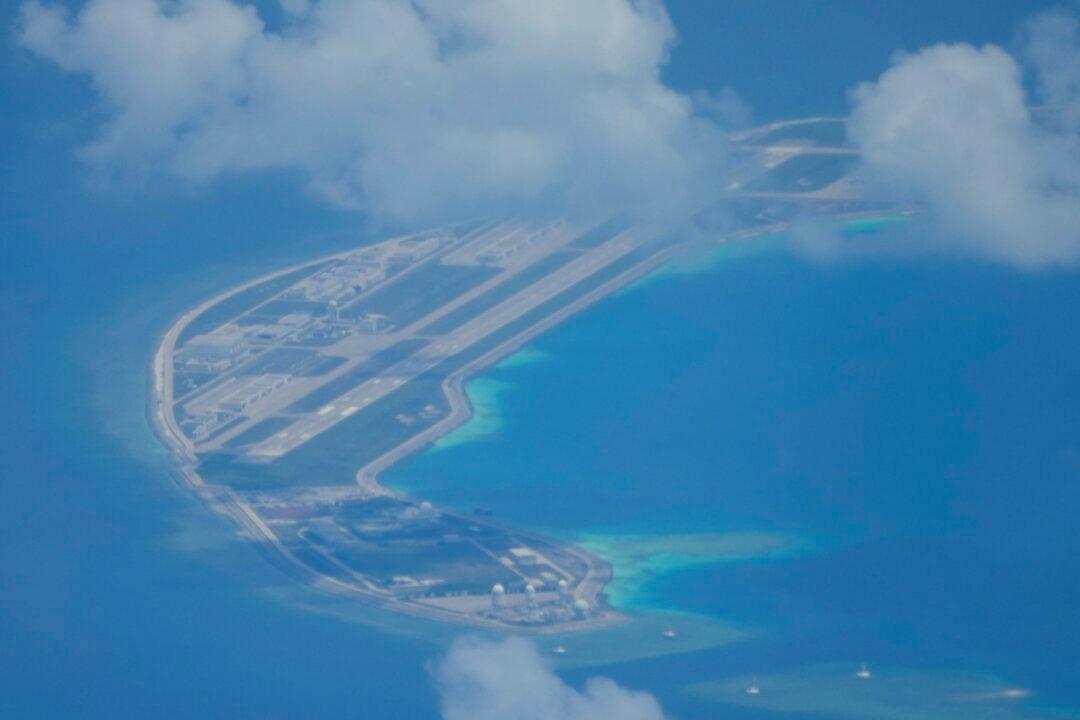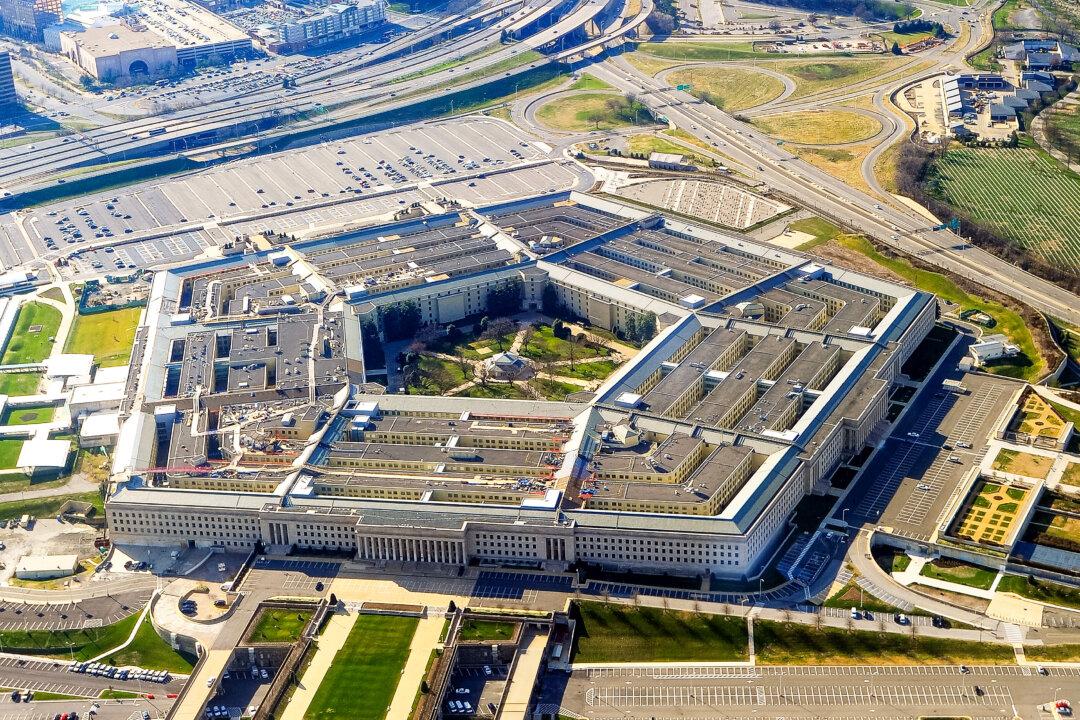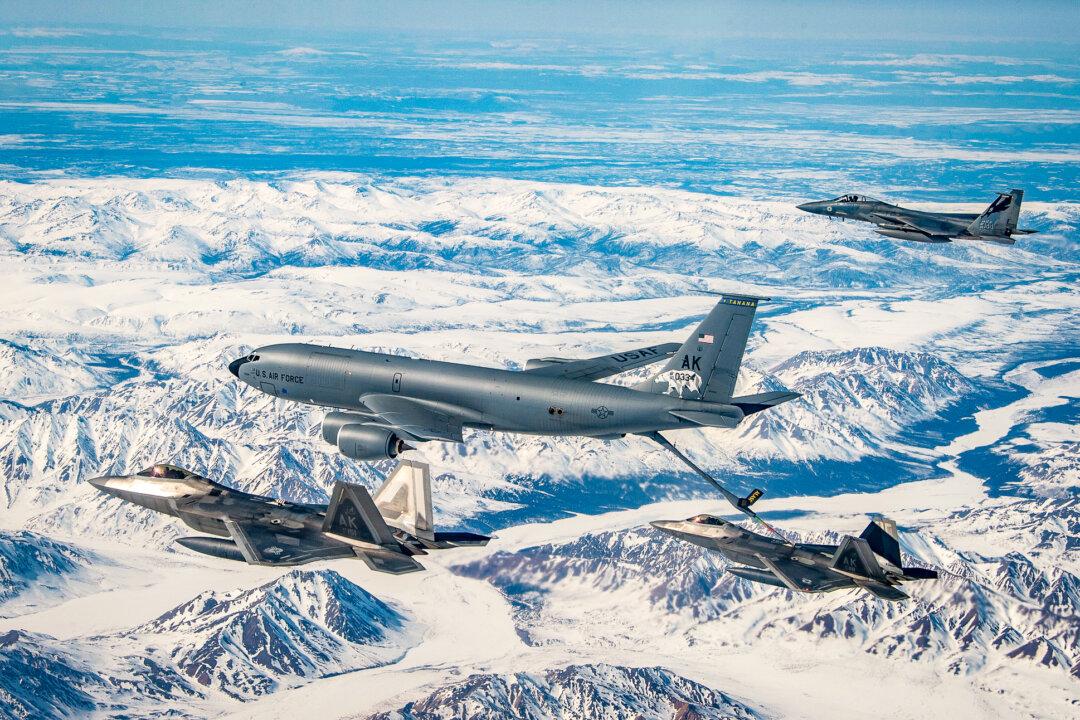The militarization of islands in the South China Sea is an indicator of the Chinese regime’s desire to dominate the region and send a message to the rest of the world, according to security analysts.
Recently, the Commander of the U.S. Indo-Pacific Command, Adm. John Aquilino, revealed that the Chinese regime has fully militarized at least three islands in the disputed South China Sea.




